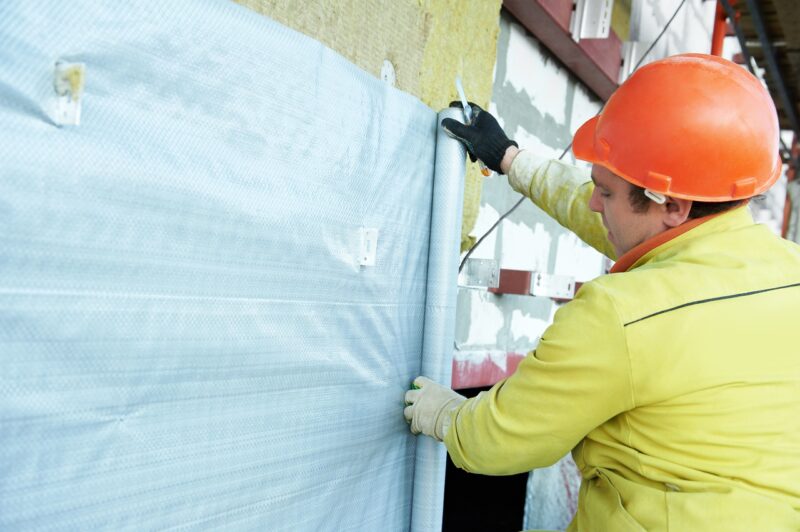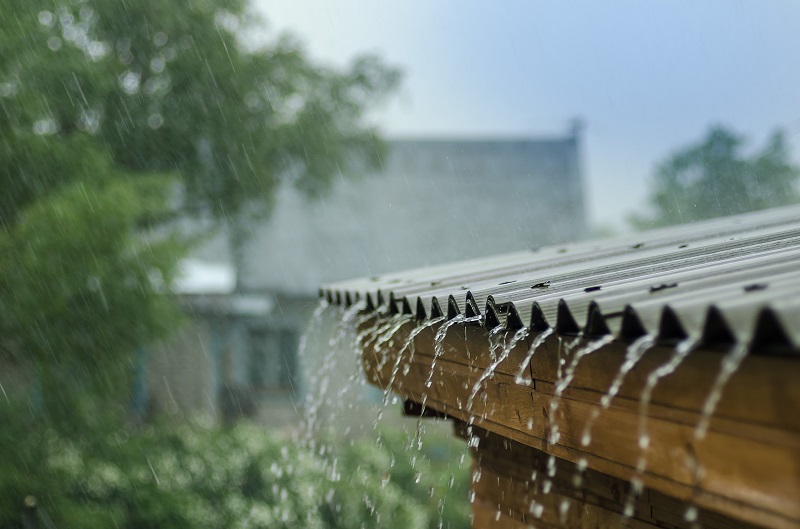Published: 08/01/24 By: Mike Bekin
Whether you are DIY-ing your cladding wall or hiring professionals, it pays to know what goes into the build. One of the key elements about which a lot of non-experts have not heard is a breather membrane. So, what is this and does your cladding need one? To help you make the right decisions for your project, we have put together a quick guide with everything you need to know.
What Are Breather Membranes?
Before diving into the big decisions, what actually is a breather membrane?
A breather membrane is a layer of water-resistant material which is placed between your walls and your cladding. It prevents water from seeping through your timber and into the layers beneath, such as the bricks of your house. While it is water-resistant, it is also vapour-permeable, letting moisture in the air move in and out to prevent a build up of damp.
Most commonly it is used for external walls and roofs, as well as outhouses made largely of timber.
Why Does Timber Need a Breather Membrane?
Timber is not water resistant (unless it has been treated to be). When heavy rain soaks your cladding, your wood might start to let it through to the surface beneath, where it can cause real problems and even lead to leaks in your home. But as cladding is such an aesthetically pleasing, sustainable option for exteriors, nobody wants to let that put them off! This is when a breathable membrane comes in handy.
The Benefits of a Breather Membrane
To give you a better understanding of why people use breather membranes, let’s take a look at the benefits:
- Effective moisture management to prevent water from entering the wall cavity.
- Reduces rot, mould and leaks.
- Creates an air-tight building envelope to reduce drafts and heat loss.
- Protects the interior of your building from outside elements.
As you can see, a breather membrane can do a lot for a building, but is it the right choice for your project?
Does My Cladding Need a Breather Membrane?
Factors which influence whether you need a breather membrane beneath your timber cladding include the type of timber you are working with, local building regulations, your local climate and the method of construction. If you think your building could use an extra layer of protection against water entering your building, it is a smart choice to add a membrane.
For a better understanding of everything you need to consider, let’s look at those factors in more depth:
- Cladding material – some timber species and modified timbers, such as OrganoWood, are better able to deal with water than others, though any with an exterior application can benefit from the added layer of a breather membrane.
- Local building regulations – for building permission you may need to include a breather membrane and it is always worth looking into local regulations.
- Location – exterior applications in areas with high amounts of rainfall will need a breather membrane, while interior applications in spaces with low humidity might not.
- Construction method – the profile of your cladding can affect the need for a breather membrane with tighter, overlapping boards providing better water resistance.
In general, we recommend a breather membrane for any exterior cladding which is going to be open to the elements. For interior cladding, your best answer is to consult with a professional.
Get in Touch With EcoChoice For Help
At EcoChoice, we are always happy to offer advice for your timber installation. If you need help working out whether your cladding project needs a breather membrane or you have any other questions regarding trade timber supplies, feel free to contact us today.
Image: Dmitry Kalinovsky / Shutterstock.com
Tags: breather membranes, timber cladding
Categories: Insights

